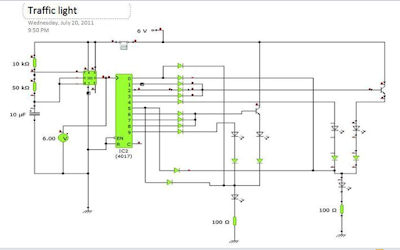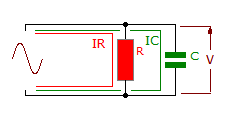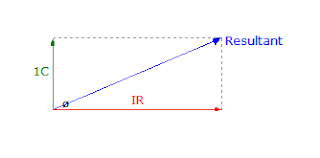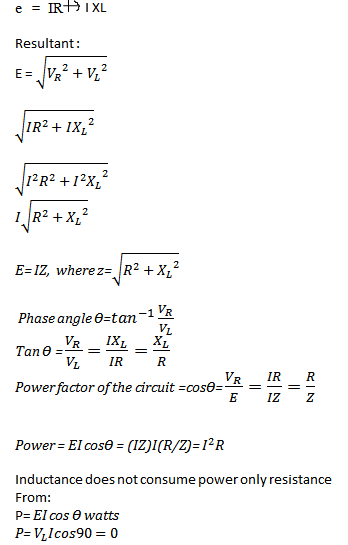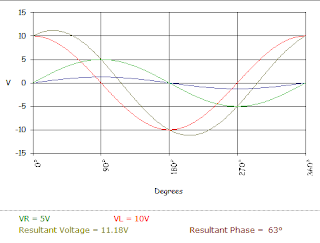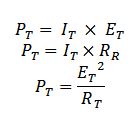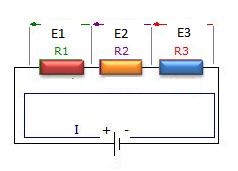The table below is an example of a working protection parameters of an electrical system. A parameter sheet such as this will enable the designer to tabulate necessary initial values and calculations.
First is to work out in calculating the circuit current of a three phase motor circuit:
Circuit Current=kW/(√3∗kV∗pf )
Instrument and protection CTs are governed by standard IEC 60044-1 . The matching of CTs with protection relays calls for a thorough knowledge of CTs. The following section gives a few reminders in determining the CT ratio, the table below will give the recommended primary CT ratio for various circuit current in the motor protection section. See (link) for complete list of CT ratio per application.
CT Primary=kW/(√3∗kV∗pf *η )
If you do not know exact values for ϕ and η as a first approximation, you can assume that: cos ϕ = 0.8 ; η = 0.8. T. The secondary circuits of a CT must be suitable for the constraints related to its application for or protection purposes.
CT Secondary
For use in a local situation Isn = 5 A
For use in a remote situation Isn = 1 A
The use of 5 A in a remote situation increase the cross section of the line or the sizes of the transformer (lost in line). IEEE C57.13 Table 8 - Standard multi-ratio current transformer taps gives the standard ratings for instrument transformers. Sequence CT Ratio are constant 100/1 in 4.160 and 6.9kV Circuit.
For the circuit Type in 6.9kV , there are two recommended circuit types. Use Vacuum Circuit when the Current reached above 100 Amps or Fused Contractor when dealing with currents below 100 Amps.
NO.
|
Equipment
name
|
Nominal
power
(kW)
|
Circuit
calculation current(A)
|
CT
trans. ratio
|
Zero
sequence CT trans. ratio
|
Circuit
type
|
1
|
Motor Pump No.1
|
3400
|
355.6
|
1000/1
2000/1(Differential)
|
100/1
|
Vacuum
breaker
|
2
|
Motor Pump No.3
|
1400
|
146.4
|
500/1
|
100/1
|
Vacuum
breaker
|
3
|
Motor Pump No.3
|
1000
|
104.6
|
400/1
|
100/1
|
Vacuum
breaker
|
4
|
Motor Pump No.4
|
400
|
41.8
|
200/1
|
100/1
|
F-C
circuit
|
5
|
Motor Pump No.5
|
900
|
94.1
|
300/1
|
100/1
|
F-C
circuit
|
6
|
Motor Pump No.6
|
710
|
74.3
|
200/1
|
100/1
|
F-C
circuit
|
First is to work out in calculating the circuit current of a three phase motor circuit:
Circuit Current=kW/(√3∗kV∗pf )
Instrument and protection CTs are governed by standard IEC 60044-1 . The matching of CTs with protection relays calls for a thorough knowledge of CTs. The following section gives a few reminders in determining the CT ratio, the table below will give the recommended primary CT ratio for various circuit current in the motor protection section. See (link) for complete list of CT ratio per application.
CT Primary=kW/(√3∗kV∗pf *η )
If you do not know exact values for ϕ and η as a first approximation, you can assume that: cos ϕ = 0.8 ; η = 0.8. T. The secondary circuits of a CT must be suitable for the constraints related to its application for or protection purposes.
CT Secondary
For use in a local situation Isn = 5 A
For use in a remote situation Isn = 1 A
The use of 5 A in a remote situation increase the cross section of the line or the sizes of the transformer (lost in line). IEEE C57.13 Table 8 - Standard multi-ratio current transformer taps gives the standard ratings for instrument transformers. Sequence CT Ratio are constant 100/1 in 4.160 and 6.9kV Circuit.
For the circuit Type in 6.9kV , there are two recommended circuit types. Use Vacuum Circuit when the Current reached above 100 Amps or Fused Contractor when dealing with currents below 100 Amps.














